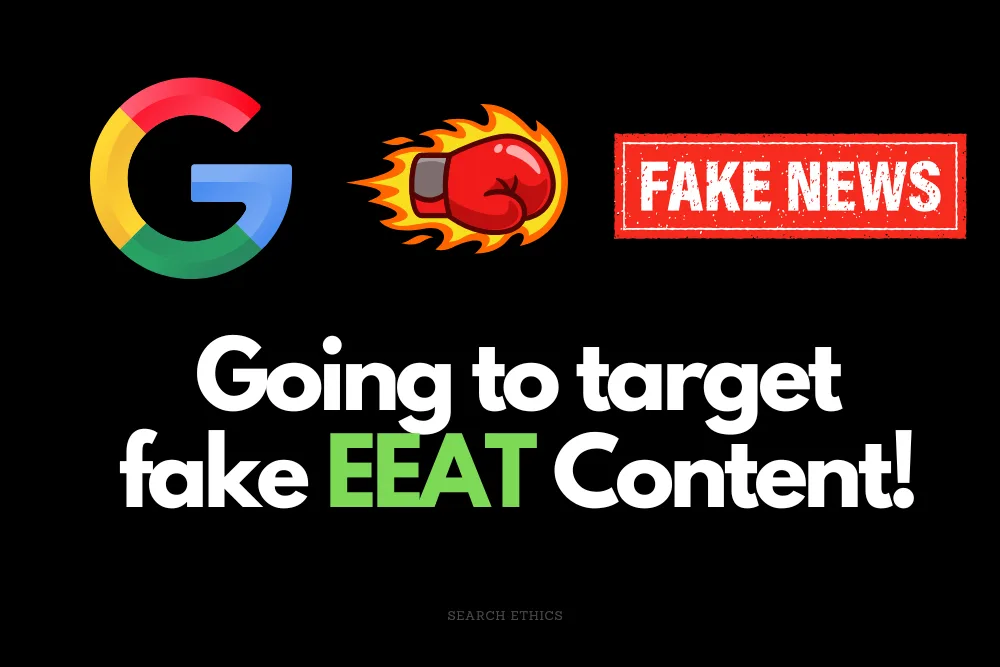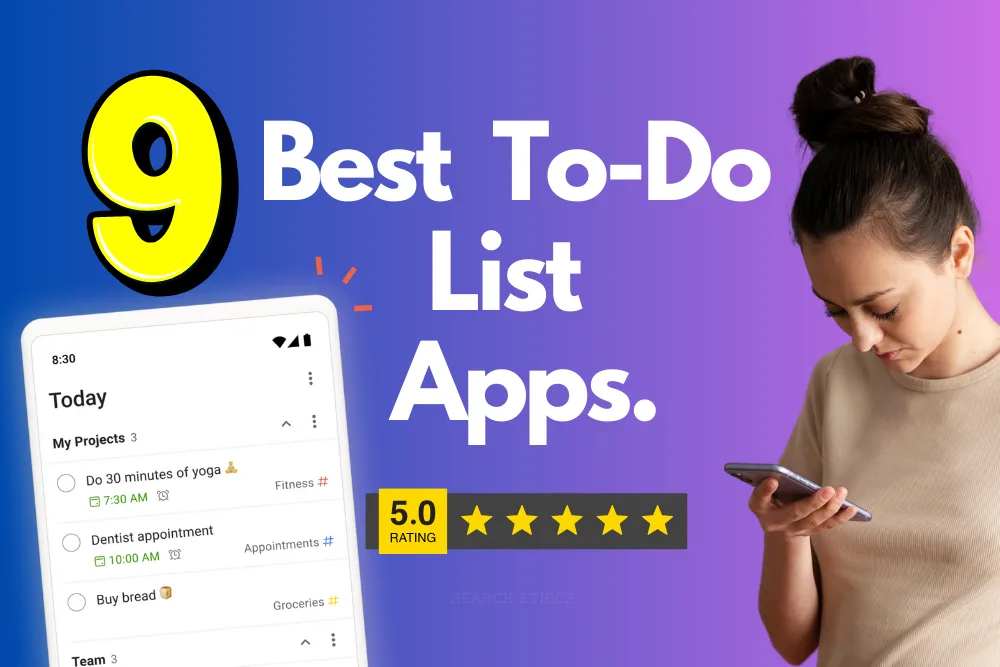Now Reading: Google’s Updated Raters Guidelines Target Fake EEAT Content
-
01
Google’s Updated Raters Guidelines Target Fake EEAT Content
Google’s Updated Raters Guidelines Target Fake EEAT Content

Google’s recent update to its Search Quality Raters Guidelines (QRG) introduces a sharper focus on deceptive content practices — particularly fake EEAT (Expertise, Experience, Authoritativeness, Trustworthiness) signals. These revisions emphasize the growing importance of authenticity, transparency, and content quality in search engine rankings.
In this article, we’ll break down the key updates, what they mean for website owners, and how to future-proof your content strategy.
Google Officially Defines Generative AI
For the first time, Google has incorporated a formal definition of generative AI into its guidelines (Section 2.1). Here’s how Google frames it:
“Generative AI is a type of machine learning (ML) model that can take what it has learned from the examples it has been provided to create new content, such as text, images, music, and code. Different tools leverage these models to create generative AI content. Generative AI can be a helpful tool for content creation, but like any tool, it can also be misused.”
This recognition signals that AI-generated content is here to stay — but how it’s applied is what matters most. Google does not outright ban AI content but highlights that misuse and deceptive applications will be scrutinized.
Read Google discover desktop search
Guidelines for Identifying AI-Generated Content
Although the guidelines stop short of offering explicit markers to identify AI-created material, Section 4.6.7 outlines several indicators raters should consider:
-
Content contains commonly known facts with no novel insights.
-
Significant overlap with well-established sources (e.g., Wikipedia).
-
Appears to summarize a specific page (forums, news articles) without adding value.
-
Includes phrases like “As an AI language model” suggesting AI-based summarization or paraphrasing.
The emphasis is clear: content originality and added value are key differentiators. Mere paraphrasing or repackaging won’t pass quality muster.
Clarification: Low vs. Lowest Quality Ratings

This distinction applies broadly, including:
-
Social media reposts with minimal commentary.
-
Embedded content with little original contribution.
-
“Best of” lists regurgitating existing reviews without unique insights.
Understanding these thresholds helps content creators align with Google’s expectations for originality and depth.
Expanded Scope of Deceptive Practices — Section 4.5.3
Section 4.5.3 has been rewritten and expanded to address a wider range of deceptive practices. The title has evolved from:
“4.5.3 Deceptive Page Purpose and Deceptive MC Design”
to:
“4.5.3 Deceptive Page Purpose, Deceptive Information about the Website, Deceptive Design”
This revision increases clarity and depth, providing raters with a stronger framework to assess intent and honesty behind a webpage.
What is “Deceptive Purpose”?
A newly added paragraph explicitly warns against deliberate misinformation for profit. Examples include:
-
A product recommendation site falsely impersonating a celebrity blog.
-
False claims of independent testing to push affiliate products.
Simply put — websites that deceive users about their intent or expertise face greater scrutiny.
Deceptive EEAT Content: A New Area of Focus
A brand-new subsection now tackles fake EEAT elements. Examples of deceptive EEAT content include:
-
Fake business information
Claiming a physical “brick and mortar” store that doesn’t exist (e.g., fake addresses or photos). -
Fictitious author profiles
Using AI-generated images or fabricated bios to falsely boost credibility. -
False claims of expertise
Misrepresenting qualifications (e.g., claiming to be a medical professional without credentials) to make content appear more trustworthy.
This underscores a critical point: EEAT cannot be artificially manufactured. It’s an inherent quality reflected through genuine expertise, authentic experience, and transparent authorship.
Deceptive Design and User Interface (UI) Practices
Google also sharpens its stance against manipulative UI elements, such as:
-
Buttons that pretend to close popups but trigger downloads instead.
-
Misleading page titles that don’t match actual content.
These practices are considered user-hostile and indicative of low-quality or deceptive websites.
Key Takeaways for Content Creators
1. Expanded Definition of Deceptive Purpose
Clearer guidelines on misleading motivations (e.g., fake endorsements, falsified product testing) mean intent matters as much as the content itself.
2. Crackdown on Fake EEAT Signals
Avoid fabricating author credentials, business details, or using AI personas to simulate expertise. Authenticity is non-negotiable.
3. Focus on Honest Design Practices
Ensure your site’s UI/UX elements are transparent and do not mislead or trick users.
Final Note: Prioritize Authenticity Over Shortcuts
Google’s January 2025 Search Quality Raters Guidelines update is a strong signal: deceptive tactics — whether through fake expertise, misleading designs, or AI misuse — won’t stand the test of time.
To build sustainable visibility and rankings:
-
Invest in real expertise and genuine authorship.
-
Provide original insights and meaningful value.
-
Ensure user trust through transparent business information and honest UI.
In an era where both humans and Google algorithms are getting better at detecting manipulation, authenticity is your best SEO strategy.
Also read why index page may not appear in Google search results
Dony Garvasis is the founder of Search Ethics, a platform dedicated to transparency, authenticity, and ethical digital practices. With over six years of experience in SEO and digital marketing, I provide expert content on automobiles, technology, gadgets, and online strategies. My mission is simple: Ethical Search, Genuine Results—ensuring users worldwide receive credible, useful, and up-to-date content.










